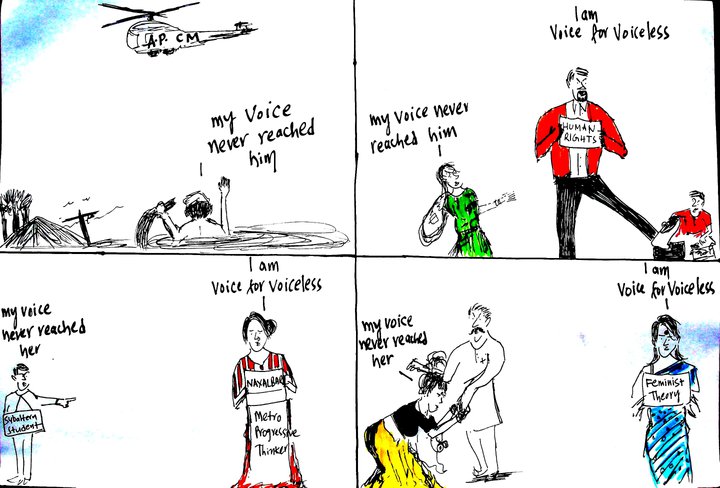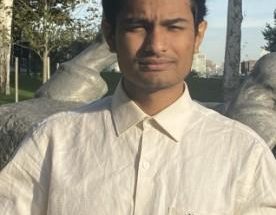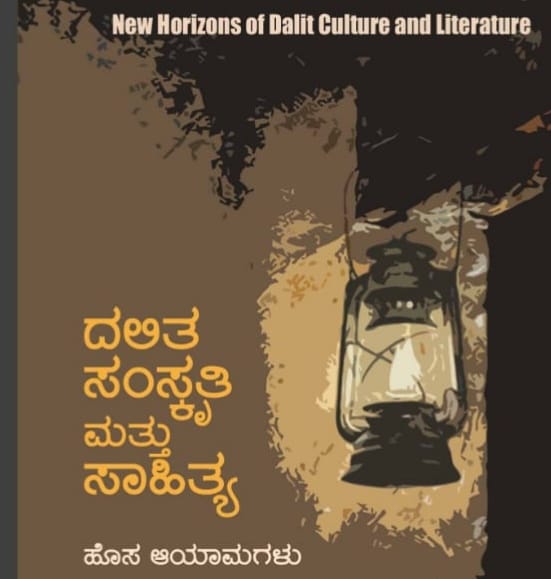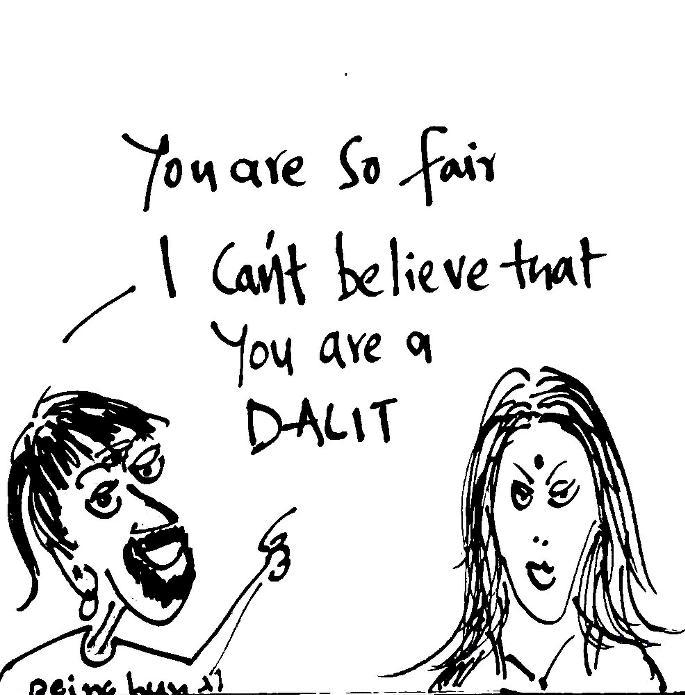Prabin Dhangada Majhi
We must begin with an education in democracy. Without assuming democracy can be of just one form and can be summed up only thus, let’s define it as a process where all citizens participate in decision making and are influenced, equally. Because, most large democracies are representative democracies following an aggregation of choices/voices/votes, representation is crucial to uphold equality. It is just a form of governance to begin with, it does not do away with pre-existing social groupings and social hierarchies. So it seeks to dismantle the later, at least in the functioning of the democracy.

The best way to appreciate it for educated people is to imagine democracy as a set comprising of different types of elements in many different subsets. If there were no bias on how the elements are distributed inside the set, whatever be the proportion of different types in the set, that would be found in all the different subsets. Ideally! Like atoms of different noble gases in a closed system (having many open systems inside).This ideal situation is a democratic society free of any structural discrimination (the bias), and the different subsets represent public spheres like educational institutions, judiciary, government, scientific establishment and so on. This bias or structural discrimination does not have to be informed or conscious and negative always, it can just be the reinforcement of inherited privileges over generations. All these are what democracy aims to counter by striving to a) achieve adequate representation b) providing equal opportunities. Although, in popular discourse, both are used interchangeably, etymologically I think, they call for equality at different levels.
If we project the data of representation caste-wise, let’s say, in govt. jobs, educational institutions and private sectors, into the above mentioned sets in a venn diagram, the ratio would be in favor of caste-hindus beyond reasonable acceptance in those subsets which can be definitely called power-centers and towards SC/ST and OBC in subsets of negligible importance. So it tells us then, in those power-centers which are basically democratic institutions, the voices of these ill-represented castes/social groups are least heard/considered to fit the way we would like it in democracy. That is why there is constitutional provision to ensure adequate representation. This has be to be along caste/social groups because, although economic disparity can be displayed on that venn diagram just as well, adequate representation on economic well-being (or lack of it) doesn’t change that disparity as the newly represented, drawn from lesser economic standing, can be now no longer be classified as before owing to the economic privileges that come with it. Caste/religion, however is static.
A mechanism to ensure that objective has to enable people of those under-represented caste/social groups to participate in different areas of democracy. Unless there is some rigidity in the mechanism in terms of its commitment to certain ratios, the unevenness that was the origin of this redressal will make it ineffective. Since democracy’s utopia is ‘there would not be any requirement for such redressal, that there would be no bias’, it ensures the objective ( of equal representation) is met through this mechanism, universally implemented wherever the representation is unproportional. We have called it reservation.
The way reservation is perceived by people needs a “didactic inversion” like above, especially because most of us are introduced to reservation in the context of admission to colleges or employment when our personal interests are at stake and which leaves us feeling deprived either for ourselves or for our friends and family. This psyche- I dare say, becomes a fixture in analyzing issues which have ramifications not just at population level but also from and to countless generations. Instead an understanding on reservation must begin with the education of democracy and unless our conceptualizations of democracy are widely unlike, we could not have much disagreement on the requirement and the mode of this mechanism-reservation.
Reservation, thus understood, is not a mechanism to uplift the poor, but certainly it can be fine tuned to bring representation from even the least represented groups within the under-represented groups. It is also not a mechanism to target the deserving, since it is not the individuals but the community/group/caste which requires it or not.
Prabin Dhangada Majhi blogs here. Cartoon by Unnamati Syama Sundar.










